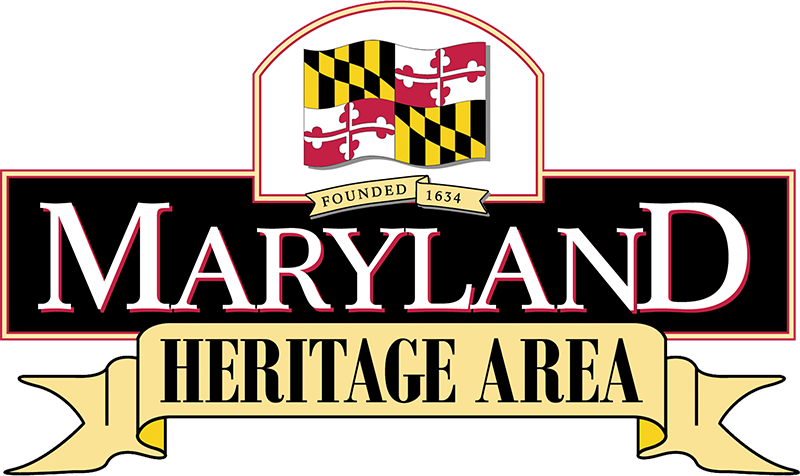Our Lady of Victory statue was erected by the Sisters of Charity soon after the war in thanks to God for sparing St. Joseph’s College from the destruction of the Civil War.
Former home of Angela Kirkham Davis who chronicled her experiences as a Union sympathizer. The house also served as a hospital after the Battles of Antietam and Funkstown.
Confederate troops inflicted heavy damage to the Antietam Aqueduct during the Monocacy Campaign in July 1864.
A pivotal battle of the Civil War, the Battle of Antietam was fought on September 17, 1862, and was the bloodiest single day of combat ever on American soil.
The cemetery holds the remains of over 4,700 Union soldiers killed at Antietam and other nearby battlefields.
Arcadia was occupied by soldiers from both sides during the war, and served as a hospital for Confederate soldiers after the Battle of Monocacy.
Two Confederate soldiers killed during “Corbit’s Charge” are buried in the cemetery of this church.
Two Confederate soldiers killed during “Corbit’s Charge” are buried in the cemetery of this church.
After visiting the Antietam battlefield and a wounded Union general in Frederick, President Abraham Lincoln gave a brief speech here on October 4th, 1862, before boarding a train to Washington.
This reconstructed house marks the residence of Barbara Fritchie, the heroine of John Greenleaf Whittier’s 1863 poem.
The Battle of Shepherdstown occurred in September 1862 when Union forces crossed the Potomac to attack the rear of the Confederate Army as it retreated from the Antietam battlefield.
The September 17, 1862 Battle of Antietam was the bloodiest single day in American military history, stopping the Confederates’ first drive north of the Potomac River and leading to the issuance of the preliminary Emancipation Proclamation.
At the October 21, 1861 Battle of Ball’s Bluff, the Confederate force routed the Union force on the heights overlooking the Potomac River in Loudoun County,Virginia.
At the October 16, 1861 Battle of Bolivar Heights, Confederate Col. Turner Ashby unsuccessfully attacked a Union force commanded by Col. John W. Geary.
The three-day Battle of Gettysburg, a Union victory, was the single bloodiest battle during the Civil War, and stopped the furthest Confederate advance into Union territory.
During the Battle of Harpers Ferry, three separate Confederate commands surrounded the town and recorded the single largest capture of Union troops during the war.
The Battle of Monocacy, often called “The Battle that Saved Washington,” delayed the Confederate army’s march on Washington, D.C. until after Union reinforcements arrived.
In the July 4, 1863 Battle of Monterey Pass, Confederate cavalry attempted to hold off Union cavalry that sought to attack the Southern wagon train retreating from Gettysburg.
The ford near Shepherdstown, West Virginia, was a major crossing point on the Potomac River during the Civil War, and was the scene of the 1862 Battle of Shepherdstown.
The Bowens Chapel and School structure was an important part of the African-American community in the general Union Bridge Area.



